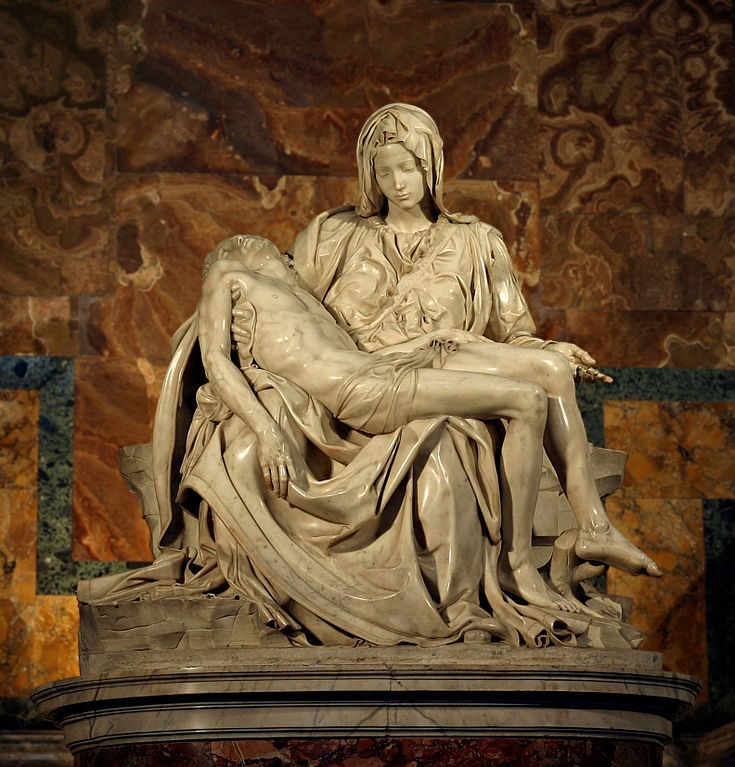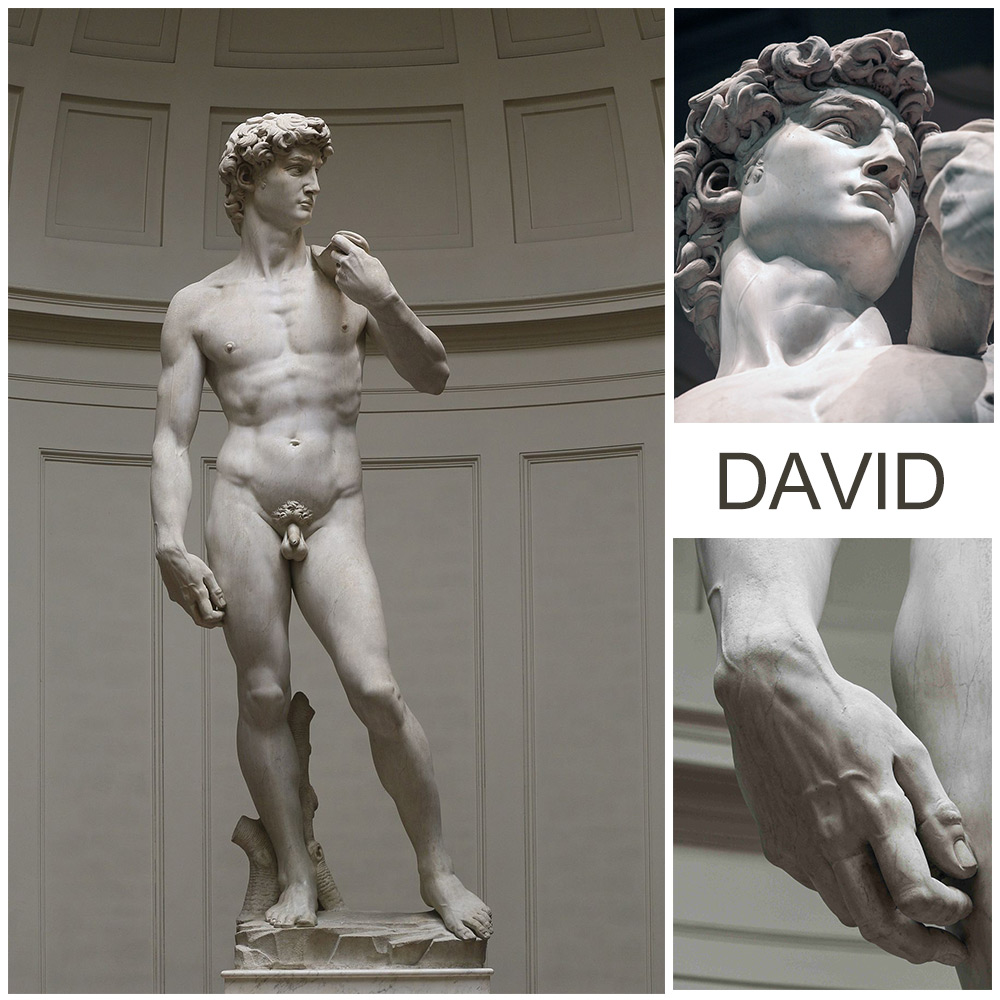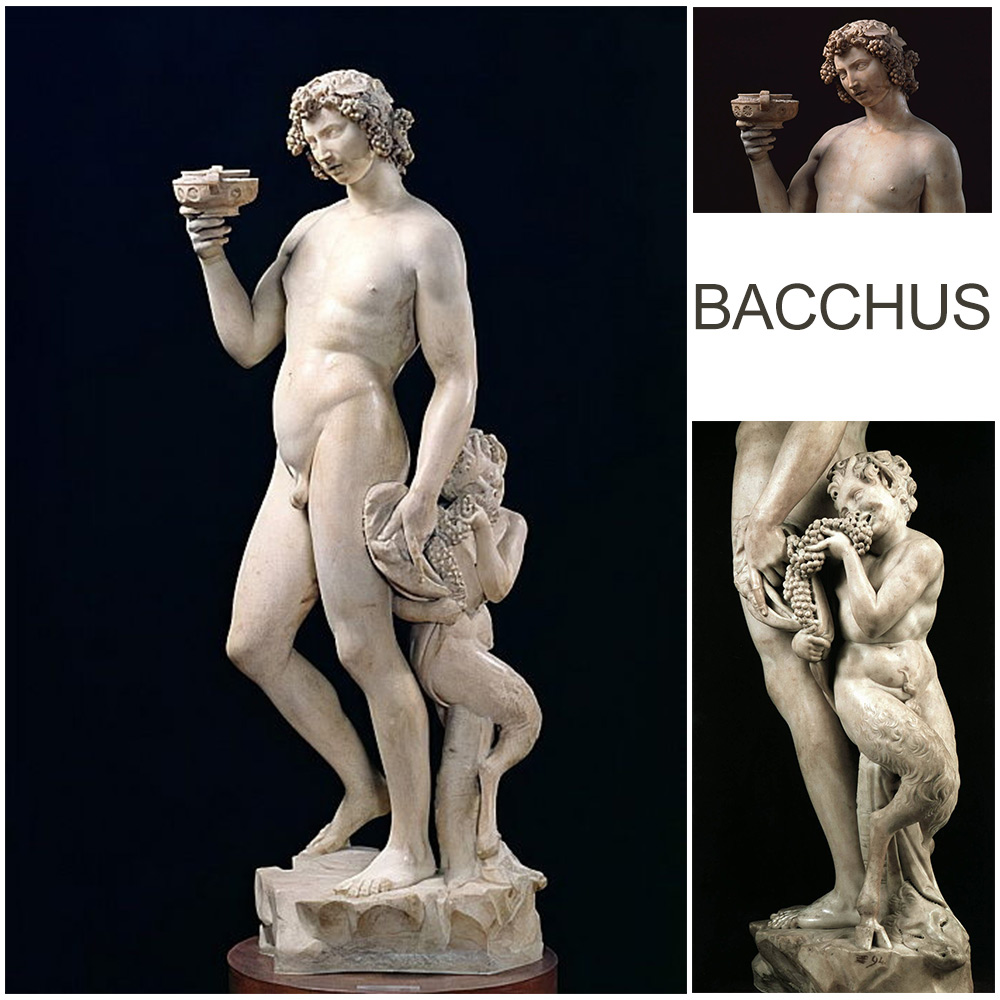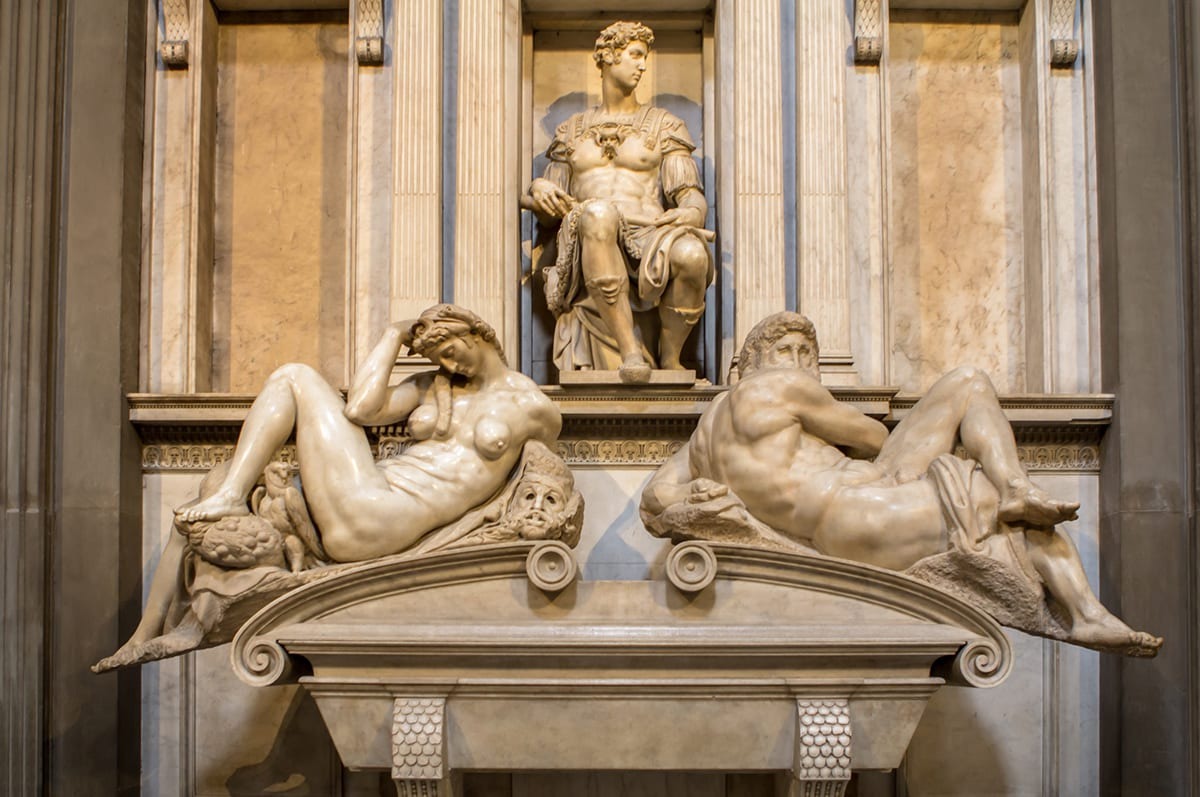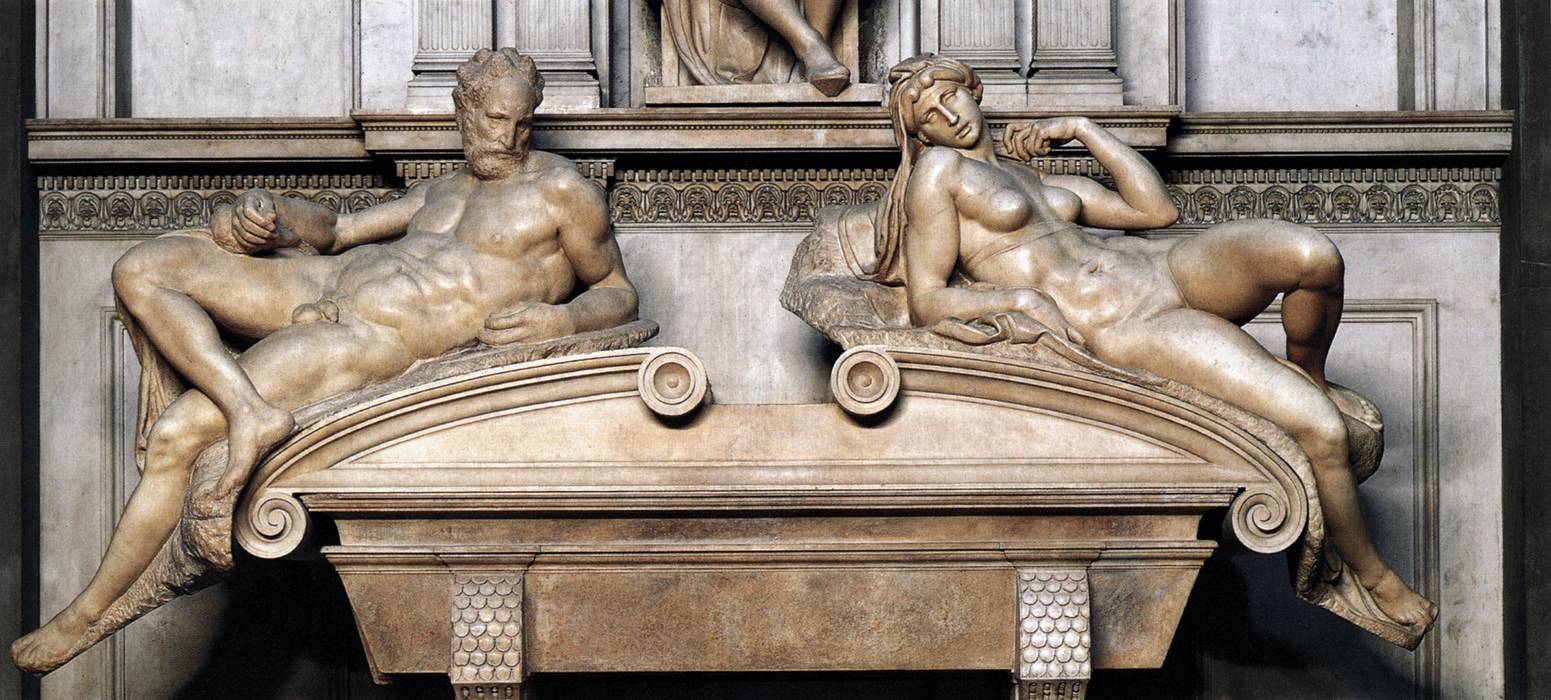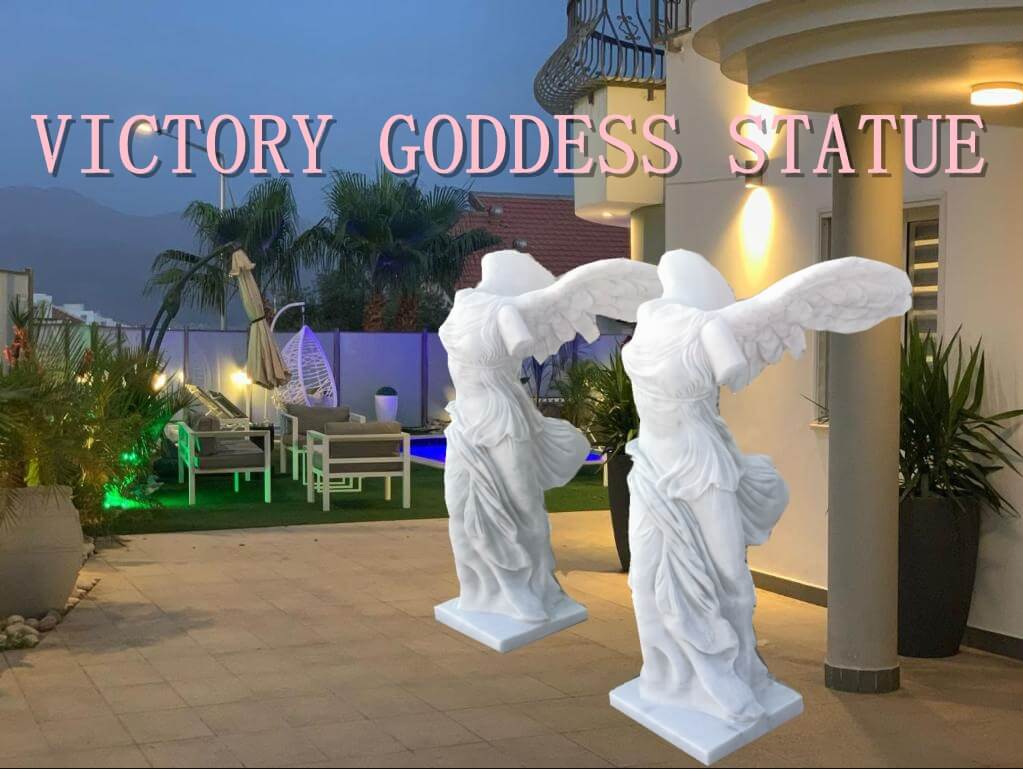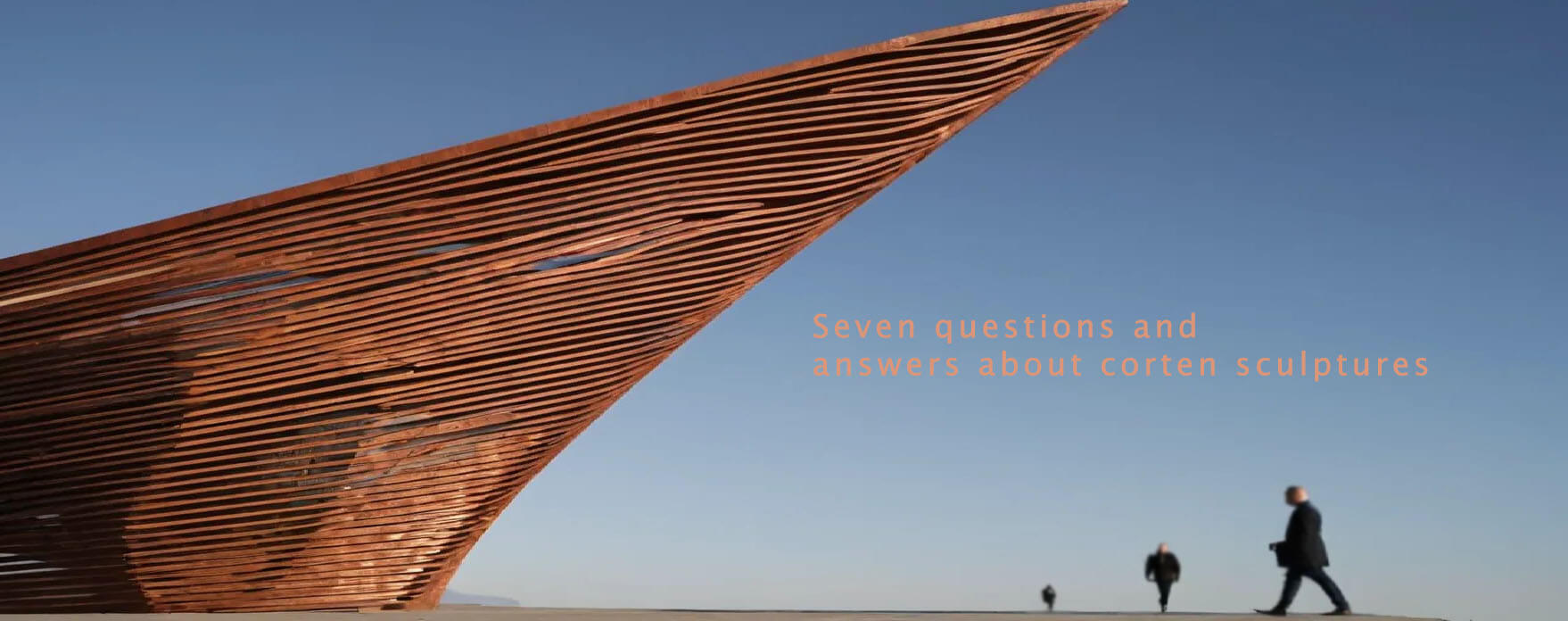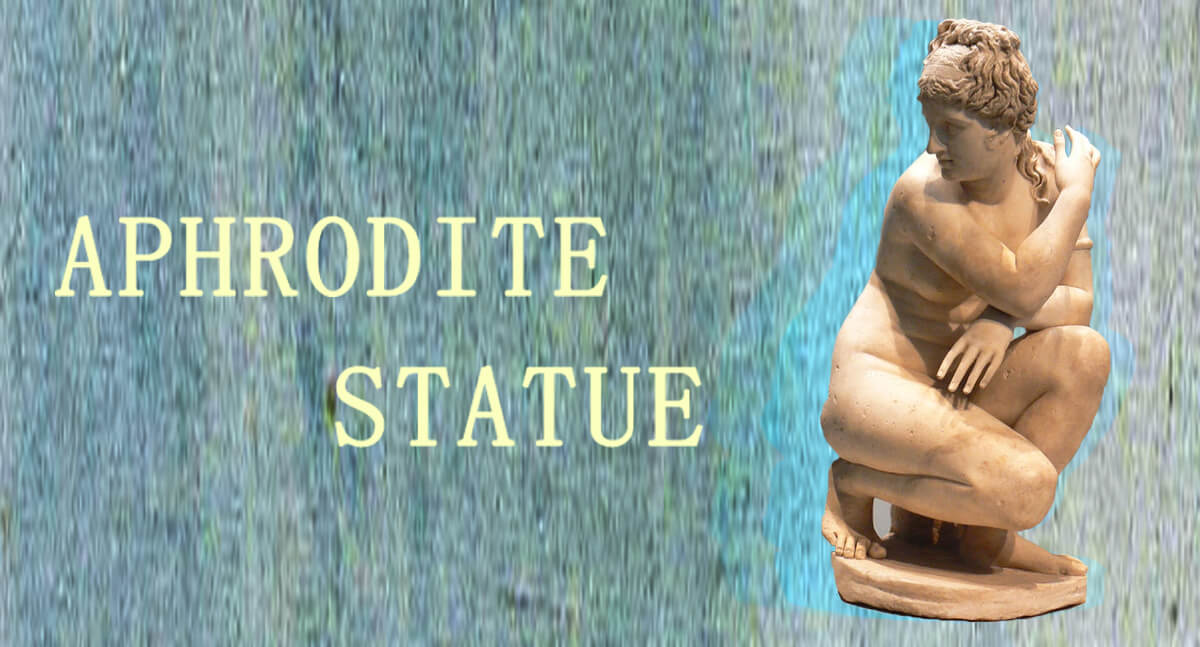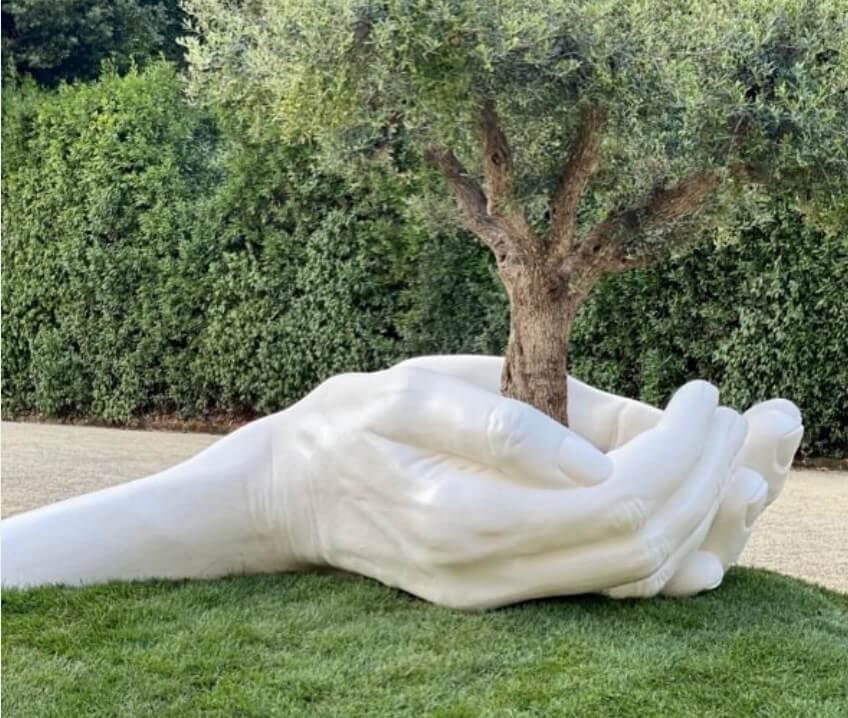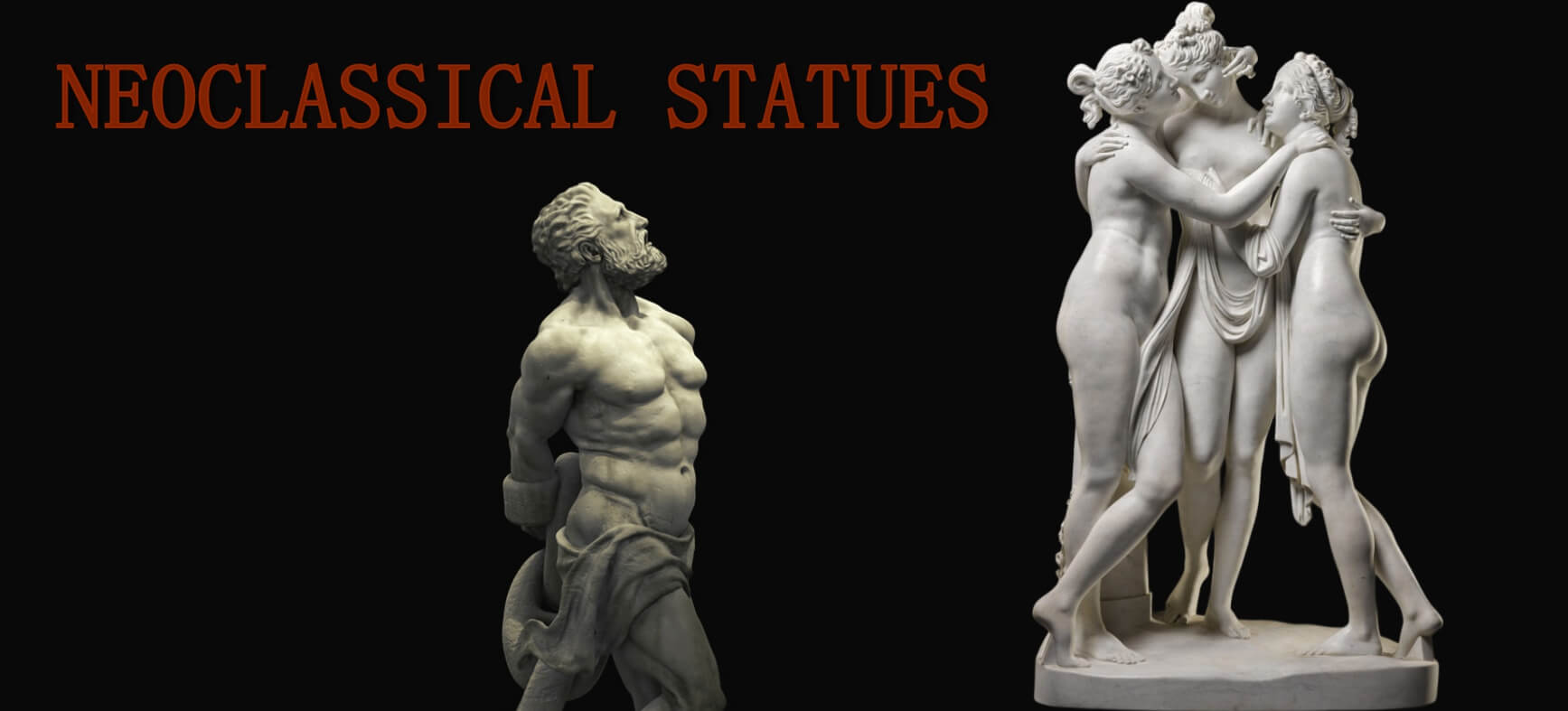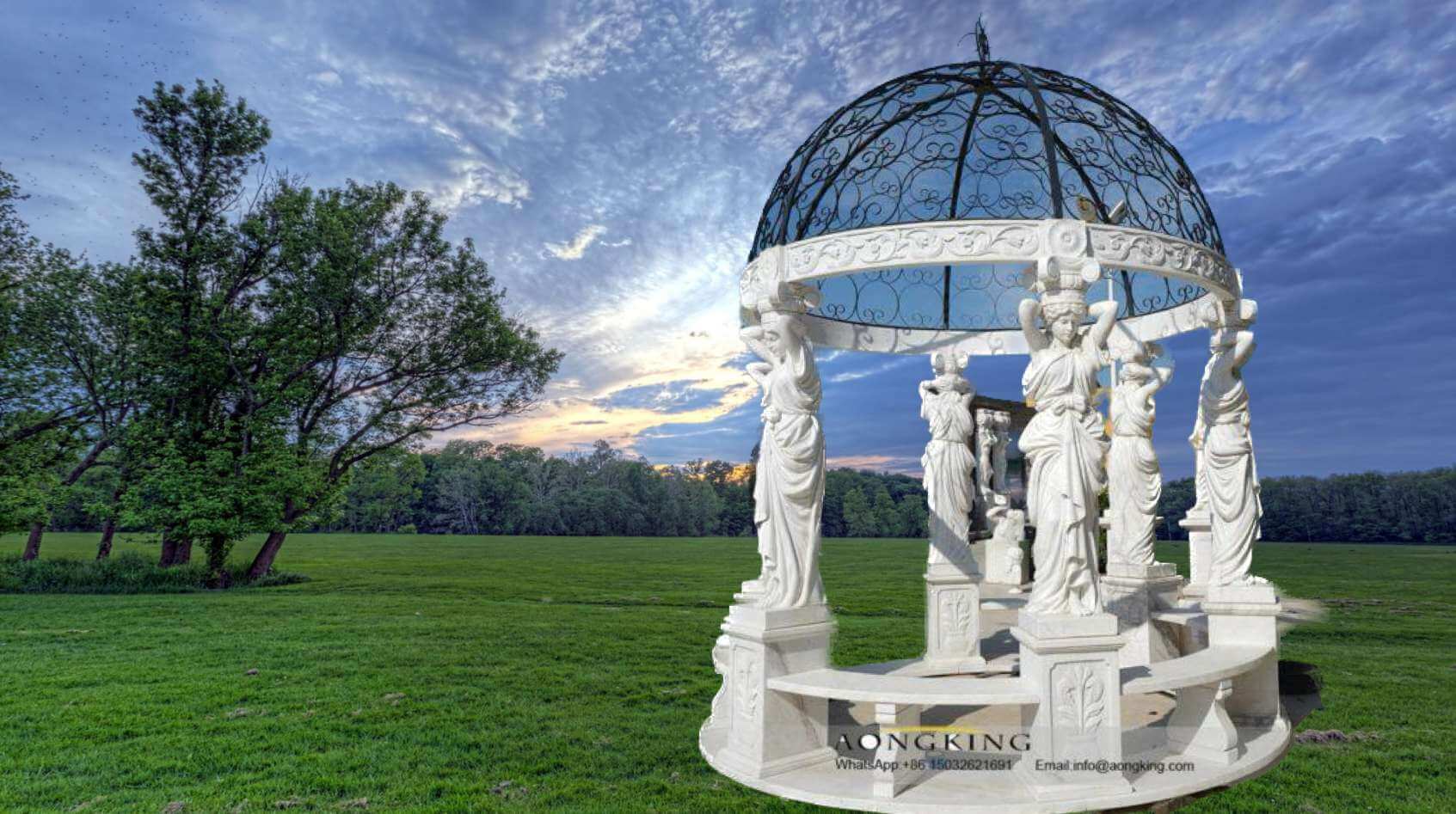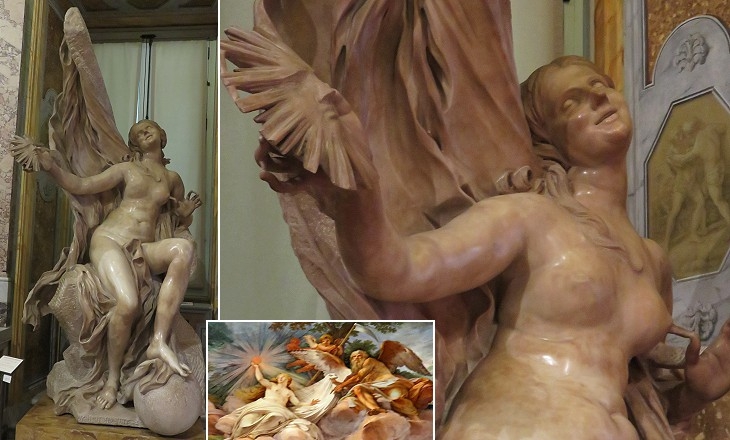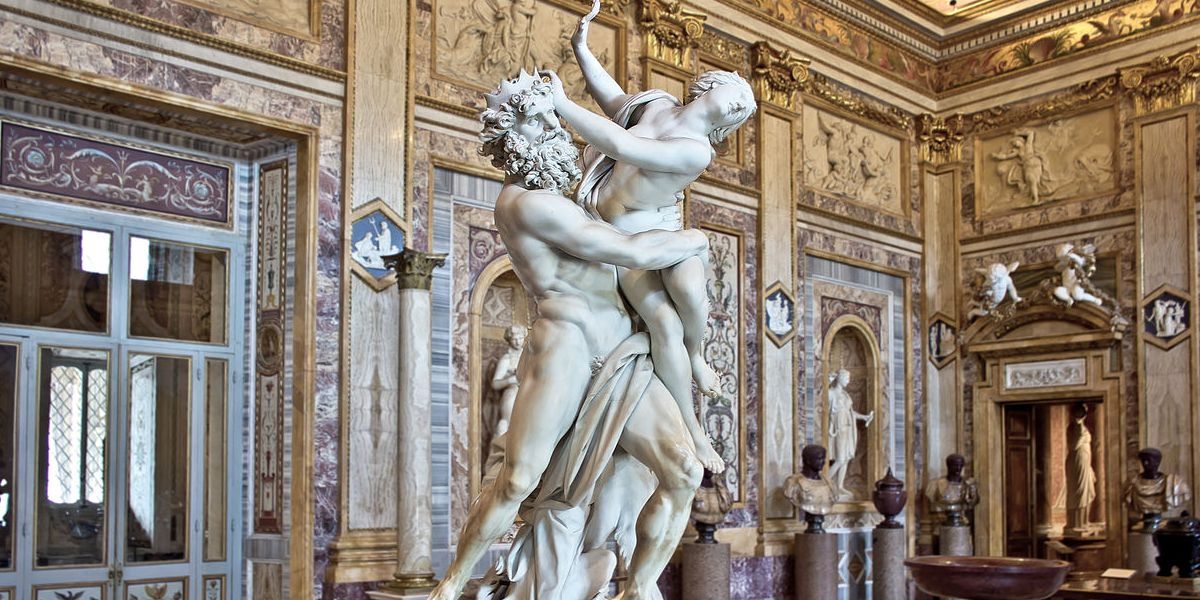Michelangelo was a great painter, sculptor, and architect in the Italian Renaissance and a representative of the highest peak of Renaissance sculpture art.
Michelangelo marble statue represents the highest peak of European Renaissance sculpture art. The statues he created are majestic and robust, bold, and full of infinite power. A large number of his works show extraordinary ideal processing based on realism and become a typical symbol of the entire era. His artistic creation was deeply influenced by humanism and the religious reform movement, and often used realism and romantic fantasy to express the patriotism of the civil class and the spirit of fighting for freedom at that time. Next, let us get closer to Michelangelo and experience this man who is closest to God from the Michelangelo marble statue.
Pieta Marble Statue By Michelangelo
Pieta is based on a biblical story: After Jesus Christ was crucified, the Virgin Mary held her dead son. In this Michelangelo marble statue, the image of the Virgin is elegant and quiet, silently looking down at the dead Christ lying on her knees, falling into deep sorrow. The sculpture reflects the spirit of humanism rather than the atmosphere of religion. She is young and beautiful. The beauty of youth, eternity, and immortality that she embodies is the highest ideal of the human pursuit of beauty.
Michelangelo engraved his name on the belt on the breast of the Virgin in the statue. This is the only signed work in his life.
David Michelangelo Marble Statue
Unlike the previous scene in which David stepped on the enemy’s head after defeating the enemy, Michelangelo chose the scene when David was greeted by the battle, and vividly created a heroic image of a career struggle.
Michelangelo’s David did not appear relaxed and confident but seemed nervous and ready to fight. His brows frowned tightly. The tendons of the neck, the muscles of the nose, and the lips are tightened. His eyes were fixed on something far away. Despite this mental concentration, he remained relaxed, throwing the sling casually on his left shoulder. The combination of fierce expression and calm posture is designed to capture the short time between the battle decision and the battle itself.
David Michelangelo’s marble statue is a symbol of the full expression of Renaissance humanism in art. It praises the human body and eulogizes justice and power.
Madonna Of Bruges Religious Marble Statue
In the 16th century AD, when the theme of “The Virgin and Child” was expressed, the little Christ was often treated as a beautiful, happy child, while the Virgin was a beautifully dressed, happy, and comfortable housewife. But Michelangelo believed that gods should be different from mortals, and here he adopted a new technique. Although the little Christ is also playing, he is very serious, and seems to be ready to leave his mother at any time to accept his fate; the Virgin is melancholy. As a mother, she seems to have a foresight of the future fate of Christ, and the whole Michelangelo marble statue is solemn and solemn. The atmosphere enveloped me.
Madonna of Bruges marble statue demonstrates a new artistic spirit, which emits lasting harmony, loud and clear.
Michelangelo Marble Statue Of Moses
The statue of Moses is a strong old man with a pair of horns symbolizing “God” on his head and wearing a thin sleeveless shirt. His arms are muscular and the veins are exposed as if he has accumulated infinite strength. He stroked his waist-long beard with one hand and held the plate engraved with the “Ten Commandments” with the other. He twisted his head violently to the left, his majestic and stern eyes widened, glaring irritated, and his face was tense. The above is full of vigilant sensitivity. Although he was sitting, the posture of the whole body showed a strong sense of movement. Although angry, as an Israeli spiritual leader, he must try his best to restrain his emotions, so he showed an unusually complicated psychological state. He is a typical image of a tragic hero, like the incarnation of the most essential force of nature, with shocking power, and is the crystallization of the Michelangelo marble statue’s humanistic thoughts.
Bacchus Marble Statue By Michelangelo
There are two male figures in the sculpture: the protagonist Bacchus and the supporting actor Sandor. Bacchus is a handsome young man, and Michelangelo uses grapes as his hair, which makes him look special. The Bacchus stepped drunk, like a mortal lad who drank too much, and he seemed to be uncomfortable walking, and the little Santor, who stole grapes next to him, showed cuteness and cleverness. But this kind of joy is only shown through the contrast of death. The lion’s skin that represents death is wrapped around the arms of Little Santor! This sculpture “tells people that life is like a little Santor. When death catches it, it has already enjoyed all the joys of life.” Some people say that this sculpture is the closest to classical one in all Michelangelo marble statues.
Day And Night Marble Michelangelo Statue
“Day” seems to be an unfinished statue of a male human body. He seems to have just been awakened from his sleep, with his right hand supporting his body behind his back, his eyes wide open, and he is gazing forward over his shoulder.
“Night” is a beautiful woman, but the muscles of her body are loose and weak. She is sleeping deeply with her head in her right hand. The owl under her feet symbolizes the coming of night, and the mask behind her pillow symbolizes nightmares. , She seems to be exhausted, and she can only find peace in her dreams.
Dusk And Dawn Michelangelo Marble Statue
Dusk is the incarnation of a virgin. She is plump and strong, full of youthful vitality and brilliance. She seems to be struggling to wake up from her lethargy, but there is no joy, only physical and mental pain.
Dawn is represented as a strong middle-aged man, his slack muscles hang weakly, and his elderly face is immersed in a calm reawakening, perhaps in a daze due to depression.
In addition, Michelangelo has many marble statues. Michelangelo’s marble statues poured his tragic passion into it. This tragedy is manifested in a magnificent form. The character sculptures he created are both a symbol of ideals and a reaction to reality. All these have made his artistic creation an insurmountable peak in the history of Western sculpture art.

